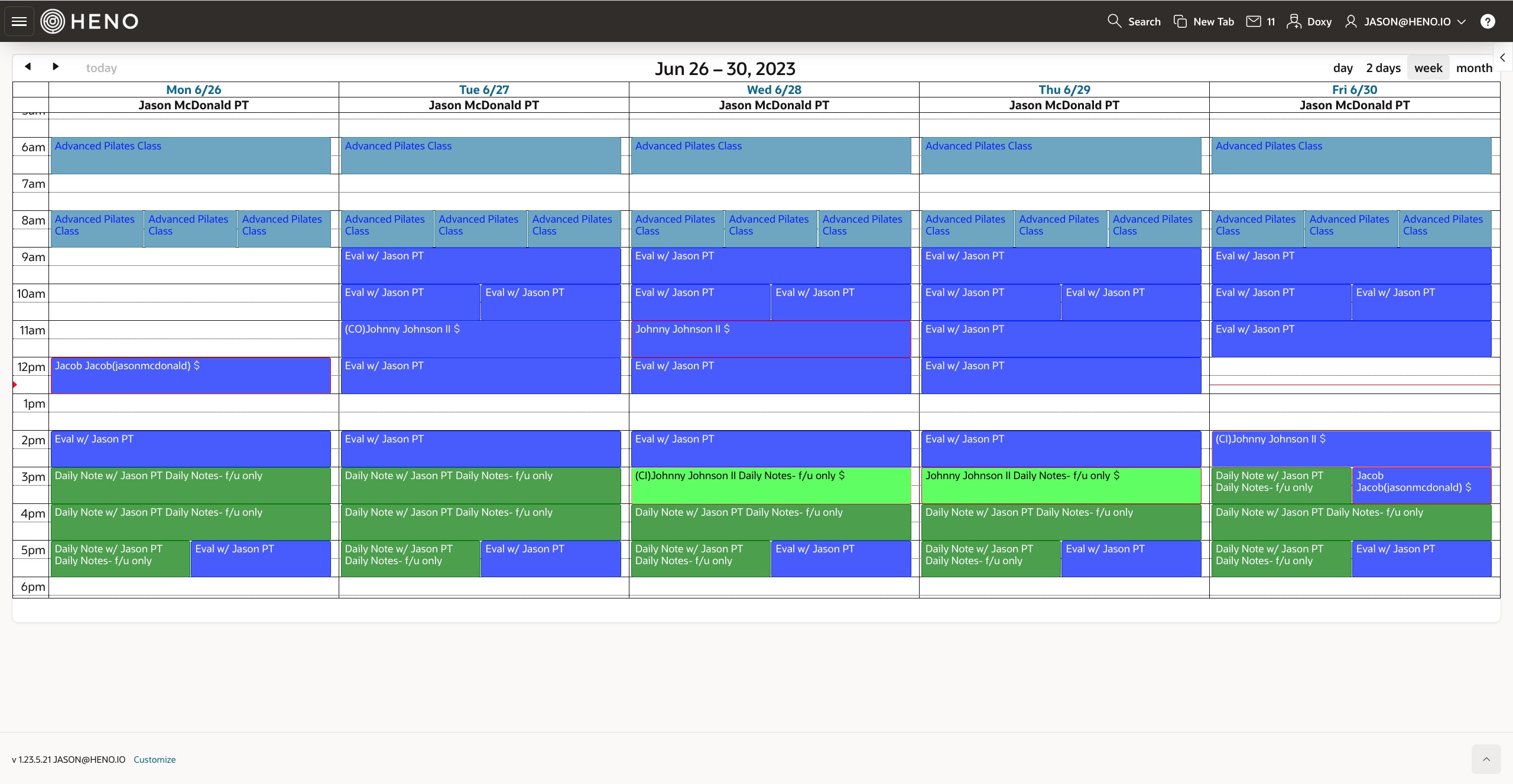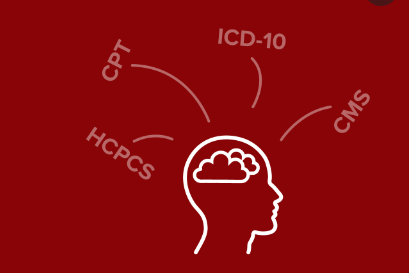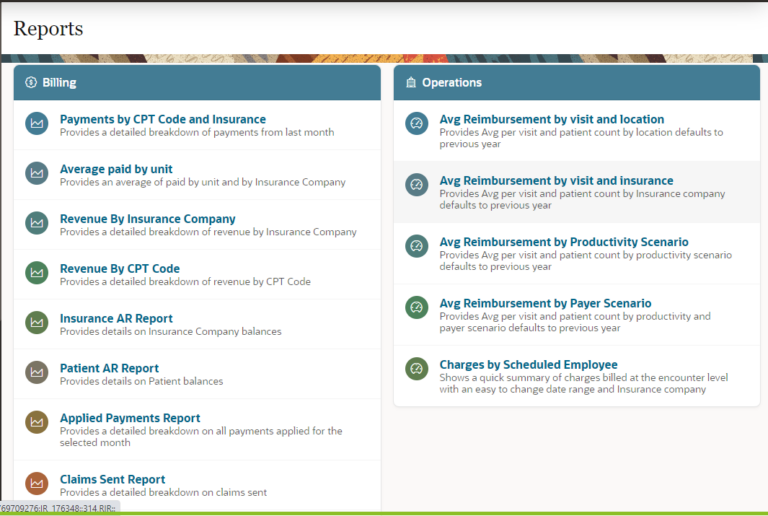Best EHR for Physical Therapy: Simplify Your Practice Management

Are you looking for ways to streamline your physical therapy practice while enhancing patient care? Using an EHR for physical therapy can transform your clinic by improving documentation, automating administrative tasks, and ensuring compliance with healthcare regulations. In this article, we’ll explore key features, benefits, and tips for choosing and implementing the best EHR system for your practice.
Key Takeaways
EHR systems are the Swiss Army knife for PT Clinics, making documentation smoother than a well-oiled treadmill.
Patient portals in Physical Therapy EMR Software are like magic windows that keep patients engaged and make therapists’ lives easier—no more wandering around like lost puppies!
Choosing the right EHR is like shoe shopping—try before you buy, or you’ll end up with a system that pinches your practice’s style.
Understanding EHR for Physical Therapy

Physical therapy practices have experienced a transformation with the adoption of Electronic Health Records (EHR), which come packed with features essential for efficient clinical documentation and patient management. These physical therapy software solutions are akin to an all-in-one tool, much like a Swiss Army knife, that ensures smooth operations comparable to those of a well-maintained treadmill through their electronic medical records capabilities. Here, it’s critical to understand the value of an all-in-one PT platform which contains both PT Documentation Software and PT Billing Software. Separate logins come with their own set of risks including cyber security and redundant data entry, so do yourself a favor and think seriously about finding an all-in-one.
Software systems such as HENO have been pivotal in advancing rehab therapy by offering comprehensive practice management tools within one platform. This can considerably boost patient retention rates—potentially tripling them. Before diving into incorporating EHR technology into your practice, it’s critical to grasp the key functionalities they provide and how these benefits can enhance your therapy practices’ performance.
Key Features of PT EHR Systems
Physical therapy clinics can significantly benefit from the capacity to tailor templates within physical therapy EMR software. By customizing these physical therapy documentation templates, they seamlessly match with the particular demands and operations of a clinic, thereby simplifying the task of documentation just as effectively as an ideal stretch alleviates tension in muscles. When clinic staff are included in shaping this customization process, it optimizes both compliance and operational efficiency. Employing dedicated physical therapy documentation software Enhances this streamlining effort.
Another vital component is the inclusion of smart alerts within this type of EMR software. These notifications serve as crucial checkpoints by flagging incorrect patient data entry errors, especially within the billing software, notifying when insurance payer stipulations have not been met, or alerting to potential issues such as documented patient allergies—ensuring that care providers make educated decisions while dodging expensive oversights.
Comprehensive billing capabilities integrated into some platforms for managing physical therapy like JaneApp and PtEverywhere fortify your practice’s financial dealings alongside upholding superior standards in patient care delivery.

Benefits of Using EHR in Physical Therapy
EMR systems designed for physical therapy deliver several advantages, notably enhancing patient engagement. These systems enable improved interaction and grant patients access to their medical data via dedicated portals. Such features empower individuals in managing their health care, thereby amplifying the quality of patient experience and outcomes.
These electronic health record (EHR) platforms alleviate your administrative burden to something as manageable as a light resistance band workout. By customizing Physical Therapy EMR software templates precisely for your practice’s requirements, you achieve heightened efficiency and precision in record-keeping. This adjustment allows therapists to better track patient progress and devise thorough treatment strategies.
Enhancing Patient Care with EHR Systems

EHR systems act as a personal coach for your medical practice, improving patient care significantly. They offer an all-encompassing digital snapshot of a patient’s health history, which enhances the collaboration between healthcare providers and aids in more effective treatment strategies. EHRs allow you to access clinical information from nearly any location, ensuring that you are always updated on a patient’s health status.
These systems come equipped with features like patient portals that increase engagement and instantaneous data retrieval that hones clinical judgment—all crafted to refine your provision of patient care akin to flawlessly performing squats. Embracing these tools can turn your healthcare practice into a formidable force in delivering quality care.
Patient Portals for Better Engagement
Patient portals are the secret sauce of physical therapy EMR systems. They encourage patient engagement by providing access to medical history, appointment scheduling, and direct communication with therapists. Patients can check their progress charts and communicate any concerns with you at the click of a button – providing a direct line to better patient care.
These portals benefit both patients and therapists by streamlining communication and improving access to health information. The result? Happier patients who feel more involved in their care and therapists who can focus on what they do best: treating patients.
Real-Time Access to Patient Data
Accessing patient data in real-time significantly transforms the decision-making process in clinical settings. It empowers therapists to modify treatment strategies promptly, which can lead to better results for patients. Secure communication through patient portals facilitates quick receipt of updates and feedback from patients, helping therapists maintain the course of effective treatment.
Such instantaneous access not only boosts engagement from patients, but also guarantees that each action taken is based on well-informed and exact information, akin to flawlessly performing a rehabilitation exercise.
Streamlining Administrative Tasks
Having an EHR system in place can greatly simplify administrative duties, akin to acquiring additional assistance within your practice. These systems not only automate various tasks, but also enable therapists to dedicate more time to patient care rather than manual paperwork. By embracing this automation, practices could see up to a 70% reduction in administrative expenses—providing a substantial benefit to their financial health.
EHR systems are equipped with tools for automatic appointment reminders and streamlined billing software, ensuring that the operational aspects of your practice function as seamlessly as an expertly conducted therapy session. The intricacies of these features merit examination.
Automated Appointment Reminders
Automated reminders for appointments serve as a great asset to physical therapists, substantially diminishing the incidence of forgotten meetings. This improvement not only boosts the efficiency of your timetable, but also guarantees that your therapy sessions are fully attended, akin to well-attended group exercise classes. By reducing instances where patients do not show up, it allows for improved management of appointment times, which in turn enhances patient care and maximizes the use of available resources.
By implementing automated systems to remind individuals about their upcoming visits, you ensure that patients remember their scheduled time slots. This contributes to streamlined operations within your practice and assists patients in adhering consistently to their prescribed treatment regimens.

Efficient Billing Processes
Streamlined billing processes are essential for maintaining the fiscal well-being of your medical practice. By incorporating billing software directly into EHR systems, revenue cycle management becomes more straightforward, cutting down on financial losses through minimization of mistakes and guaranteeing prompt submission of claims. The use of distinct systems for record-keeping and billing may result in mismatched data, a rise in errors, and delayed revenue from denied claims due to inconsistencies.
The integration of billing procedures with electronic health records (EHR) facilitates efficient revenue cycle management. This not only enhances cash flow but also allows healthcare providers more time to concentrate on patient care by reducing administrative burdens associated with managing finances.
Compliance and Security in PT EHR Systems

In the healthcare industry, adherence to compliance and security is imperative. EHR systems are engineered to comply with HIPAA standards, equipping healthcare providers with essential mechanisms for upholding data protection norms and circumventing substantial fines. Utilizing encryption techniques similar to those employed by financial institutions and government agencies guarantees that patient information is preserved in a confidential and secure manner.
EHR systems represent the optimal solution for safeguarding patient data with an assurance comparable to that of a secure vault, thanks to their HIPAA-compliant documentation processes alongside reliable methods for storing and transferring data. The importance of these pivotal aspects warrants closer scrutiny.
HIPAA Compliant Documentation
Documentation that aligns with HIPAA standards is crucial for the protection of patient privacy. Electronic Health Record (EHR) systems are equipped with mechanisms such as access controls to maintain the confidentiality of patient records, adhering to HIPAA regulations and allowing only those permitted to access personal health information. Such adherence reinforces both data integrity and privacy for physical therapists, securing your documentation to be as impenetrable as Fort Knox in terms of industry compliance.
By following these measures of compliance meticulously, you ensure that your practice not only operates within legal parameters but also delivers exceptional care while prioritizing privacy and security.
Secure Data Storage and Sharing
Maintaining the integrity of patient information necessitates secure methods for storing and sharing data. EHR systems employ cloud storage solutions that are compliant with HIPAA regulations to safeguard notes, lab results, and photos, effectively protecting your data against unauthorized access. Not only does this secure storage preserve patient information confidentiality, but it also enables authorized healthcare providers to share necessary details seamlessly, thereby improving the quality of collaborative care.
Choosing the Best EHR for Your Physical Therapy Practice

Selecting the ideal Electronic Health Record (EHR) system for your medical practice is like finding that perfect pair of running shoes. It must be a precise match. During your evaluation of EHR systems, prioritize those with easy-to-use interfaces and functions tailored to your specific requirements, as well as adherence to healthcare industry standards. WebPT stands out by maintaining compliance with evolving regulations via internal experts and integrated alerts.
This selection requires reviewing leading EHR vendors while recognizing the advantages of using free trials and demonstrations. Doing so will enable you to discover an EHR solution that seamlessly fits into your practice’s workflow effortlessly.
Comparing Top EHR Providers
When it comes to choosing an EHR provider, it’s essential for physical therapists to compare features and pricing models. For example, HENO offers a comprehensive system for revenue, productivity, marketing, billing, and patient details. Onform provides unique features like video analysis and cloud sync, making it a great choice for practices that need advanced tools.
Other notable providers include Exercise Pro Live, known for its ease of use and customization, and ClinicSource, which offers therapy documentation, billing, and scheduling with HIPAA-compliant functionality.
Comparing these providers helps you find the best physical therapy software that meets your specific needs.
Quality Demos
Demos are like trying on a pair of shoes before buying them – they ensure a perfect fit. Many Physical Therapy EMR providers offer demos that allow physical therapists to experience their features and functionalities before making a purchase. Evaluating these systems through free trials is crucial for ensuring compatibility with your practice’s needs.
Using these demos allows you to assess the usability, interface, and features of different EHR systems, ensuring an informed decision.
Implementation Tips for EHR Systems

Implementing an EHR system can feel like running a marathon, but with the right tips, you’ll cross the finish line with ease. Creating a detailed implementation plan is fundamental for addressing all necessary tasks during the EHR transition. This plan should include a training timeline with both short-term and long-term learning goals to ensure successful integration.
From staff training to customizing templates, we’ll provide you with the roadmap to ensure a smooth implementation process. Here are the details.
Staff Training and Support
Staff training and support are the backbone of a successful Physical Therapy EMR Software implementation. Role-based training ensures that each staff member knows how to use the EHR system specific to their job functions. Ongoing training helps staff adapt to new features and improves overall proficiency with the system.
Having superusers within your staff to assist in training and provide ongoing support can significantly enhance user satisfaction and system acceptance.
Customizing EHR Templates
Tailoring EHR templates to your specific needs is akin to personalizing a suit for an impeccable fit. It’s vital for aligning with the distinctive demands of physical therapy practices. These adaptable templates within EHR systems help in refining documentation workflows and accommodating singular clinical protocols. To fully leverage these tailored templates, thorough training of the staff is paramount.
Dedicating time to fine-tuning these templates and educating your team can significantly enhance operational efficiency, freeing up occupational therapy professionals to concentrate on delivering exceptional patient care.
Summary
To sum it up, EHR systems are a game-changer for physical therapy practices, offering features that enhance patient care, streamline administrative tasks, and ensure compliance with healthcare regulations. By choosing the best physical therapy software and implementing it effectively, you can transform your practice into a powerhouse of efficiency and patient satisfaction.
So, what are you waiting for? Embrace the power of EHR systems and take your practice to new heights. Your patients – and your bottom line – will thank you.
Frequently Asked Questions
What is the purpose of the guide on Best PT Software?
The guide on Best PT Software for 2025 is your trusty roadmap through the tech jungle, helping both pros and newbies dodge the pitfalls of jargon while finding the perfect electronic medical record system.
Think of it as your EMR GPS—without the annoying recalculating voice!
What is the significance of documentation software in PT EMRs?
Documentation software in PT EMRs is like a digital butler for your patient data—keeping everything organized so you can focus on more important things, like remembering where you parked your car!
It boosts efficiency and ensures you don’t accidentally bill a patient for a gourmet coffee instead of treatment.
How do patient portals enhance patient engagement in physical therapy practices?
Patient portals make it easy for you to snoop on your medical history, book appointments without having to chit-chat on the phone, and even shoot a message to your therapist—all while you’re in your pajamas!
So, get ready to engage with your health like it’s your favorite Netflix series!
What are the risks of using separate systems for documentation and billing in PT EMRs?
Using separate systems for documentation and billing in PT EMRs is like trying to juggle flaming torches while riding a bike—it’s messy and dangerous! You risk data discrepancies, increased errors, and even a HIPAA violation, all while your cash flow goes on a leisurely vacation.
How can customizable EHR templates benefit physical therapy practices?
Customizable EHR templates are like a tailor-made suit for your paperwork—they fit your practice perfectly, boosting efficiency and accuracy!
So ditch the one-size-fits-all approach and enjoy a paper trail that’s as unique as your patients!






